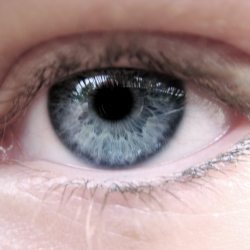
Researchers has identified a way to trigger regrowth of human corneal tissue using stem cells. The finding could restore vision for victims of injury and others with damaging eye diseases. Limbal stem cells, which reside in the eye’s limbus, help maintain and regenerate corneal tissue. Their loss due to injury or disease is one of the leading causes of blindness.
In the past, tissue or cell transplants have been used to help the cornea regenerate, but it was unknown whether there were actual limbal stem cells in the grafts, or how many, and the outcomes were not consistent.
In this new study, researchers at the Massachusetts Eye and Ear/Schepens Eye Research Institute (Mass. Eye and Ear), Boston Children’s Hospital, Brigham and Women’s Hospital, and the VA Boston Healthcare System used a molecule known as ABCB5, which acts as a marker for hard-to-find limbal stem cells.
ABCB5 allowed the researchers to locate hard-to-find limbal stem cells in tissue from deceased human donors and use these stem cells to regrow anatomically correct, fully functional human corneas in mice.
“Limbal stem cells are very rare, and successful transplants are dependent on these rare cells,” says Bruce Ksander, Ph.D., of Mass. Eye and Ear, co-lead author on the study with post-doctoral fellow Paraskevi Kolovou, M.D. “This finding will now make it much easier to restore the corneal surface. It’s a very good example of basic research moving quickly to a translational application.”
